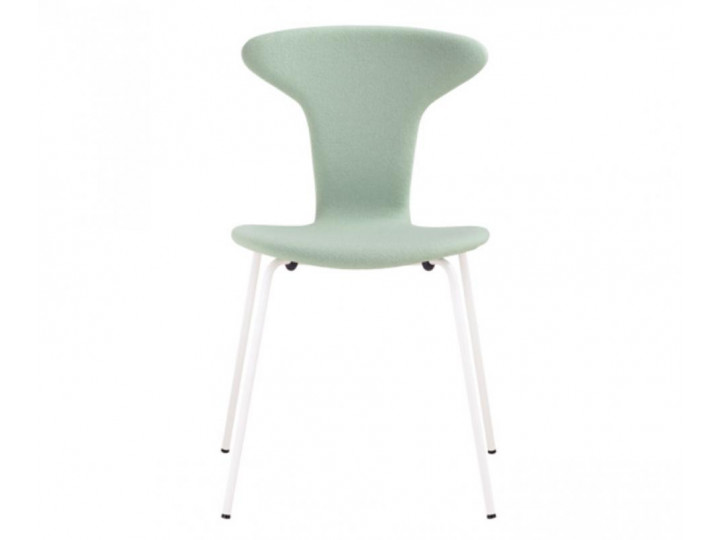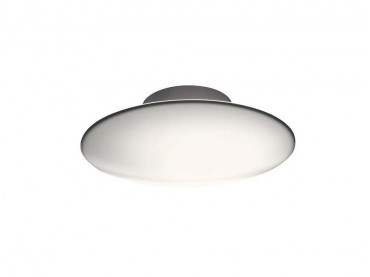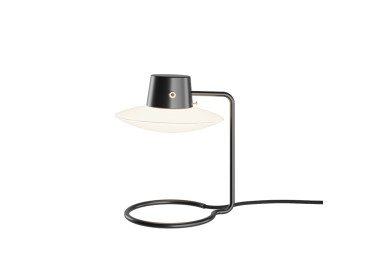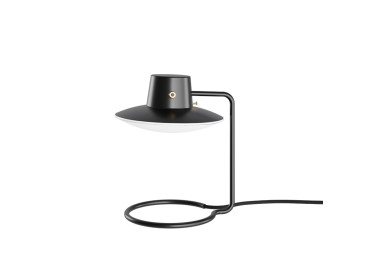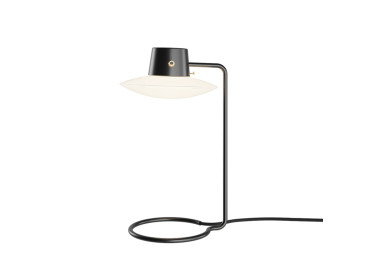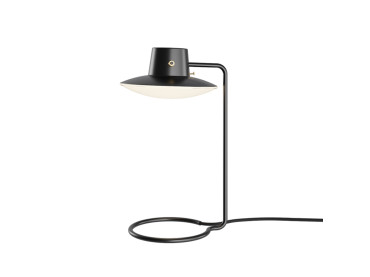Munkegaard chair upholstered by Arne Jacobsen, new release.
-
Arne Jacobsen
-
Howe
- HO001 On demand. Delivery time 8-10 weeks
Munkegaard chair upholstered by Arne Jacobsen, new release. *Required step
In order to help you to choose, and to receive samples, do not hesitate to contact us by email: contact@galerie-mobler.com or by phone: 01 43 33 20 12
Only in production from 1955 to the late 1960s (and for a brief period in the 1990s), the distinctive chair has its roots in the Munkegaard School, north of Copenhagen, Denmark. The entire school – from building to light fixtures – was designed by Arne Jacobson in 1955-57, and like much of the school, the chair stands as a monument to Arne Jacobsen’s vision of using strong architectural design to create intimacy and wellbeing.
On demand only. Minimum quantity : 2. Delivery time 6/8 weeks.
| Year | 1955 |
| Dimensions | H 79,4. W 49,6. D 49. H seat 46 cm |
| Material | plywood, steel, fabric or leather |
| Style | Classique Neuf |
| Origin | Denmark |
| Fournisseur | Howe |
Arne Jacobsen
Denmark (1902-1971)
Arne Jacobsen trained at the Technical School and continued his training at The Royal Danish Academy of Fine Arts’ School of Architecture, graduating in 1927. He was employed with the city architect in Copenhagen 1927-29 and then established his own design practice. 1956-65 he was a professor at The Royal Danish Academy of Fine Arts’ School of Architecture. Arne Jacobsen worked as an architect and designer.
During his education at the School of Architecture he was influenced by neo-classicism, but around 1930 he helped introduce functionalism in Denmark. Inspired by international functionalism, he in the following years designed the white housing estate Bellavista in Klampenborg (1934), the town halls inAarhus (1942) and Rødovre (1956), SAS Royal Hotel in Copenhagen (1960) and St. Catherine’s College in Oxford (1964). Jacobsen believed that each element of a house should be shaped by the architect. This is why most of his furniture was developed in connection with particular building projects. The three-legged stacking chair, the Ant, from 1952 (RP00619) was designed for the new small Danish dining kitchens and was simultaneously also used in canteens, the first time in the pharmaceutical factory Novo’s canteen. The Ant, a stacking chair in moulded veneer, was Denmark’s first actual industrially produced chair and soon had four-legged follow-ups such as the 7 and the Seagull (RP03214).
For SAS Royal Hotel he designed the organically shaped foam plastic chairs the Egg, the Swan (RP00128) and the Drop (RP01005), and for the teachers’ table in the dining room at St. Catherine’s College, the monumental Oxford chair (RP02993).
Arne Jacobsen is one of his generations’ great architects and the sculptural chair the Ant, the Egg and the Swan put him on the map as a world-class designer.

